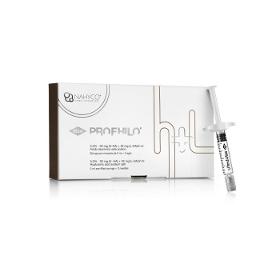- europages
- >
- COMPANIES - SUPPLIERS - SERVICE PROVIDERS
- >
- chemicals - import-export
Results for
Chemicals - import-export - Import export
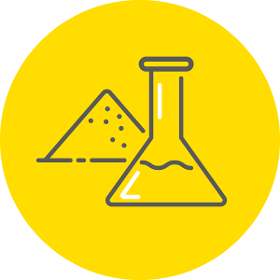
INTEGRATED CHEMICALS SPECIALTIES
Netherlands
(p-toluenesulfonyl isocyanate) PTSI is a chemical, also known as TI or additive-TI. It is used to reduce moisture problems in polyurethane-based (1K & 2K) coating systems, sealants, adhesives, polyurethane elastomers and inks. PTSI helps you to ensuring the quality and shelf-life of urethane-based products. Moisture scavengers allow formulator to produce high quality polyurethanes. Properties Due to the rapid reaction with water, there will be no water vapor when heated, so that for example no bubbles will form. Undesirable reactions of the end product with water (e.g. in isocyanates) are therefor also prevented. Due to the reaction with water (or hydrogen atoms) problems with water or moisture are avoided or greatly reduced. The reaction produces toluenesulphonamide, a crystalline product which has no disturbing effect in the end products. CO2 may also be formed PTSI Chemical Name : p-Toluenesulphonyl isocyanate CAS No. : 4083-64-1 Chemical formula : C 8H 7NO 3S
Request for a quote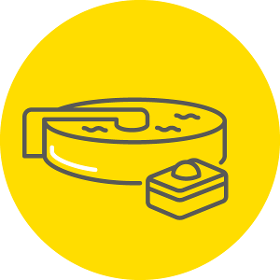
INTEGRATED CHEMICALS SPECIALTIES
Netherlands
The use of phosphonates has many different applications in various industrial applications. This is in addition to the classic water treatment application
Request for a quote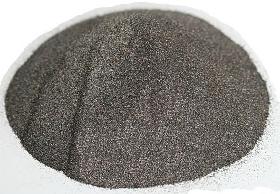
LEMCORE B.V.
Netherlands
Other names: Rutile sand, Rutile. CAS number: 1317-80-2. Formula: TiO2. Specifications: TU-U 14-1O-016-98. Harmonized Commodity Code: 2614OO9OOO. Appearance: Dark brown to black dry free running sand. Grain shape: elongated, rolled. Grain color: red (different tints), brown, black. Storage: In closed containers or bags, protect from physical damage. Terms of storage unlimited.
Request for a quote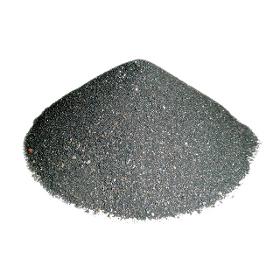
LEMCORE B.V.
Netherlands
Other names: Ilmenite sand, Ilmenite. CAS number: 1317-80-2. Formula: Fe2O3*TiO2. Technical Condition of Ukraine TU-U 14-10-009-97. Harmonize Commodity Code 2614001000. Appearance: Dry grey- black metalescent free running sand. Grain shape: angle, spherical. End use: Ilmenite concentrate is used in production of synthetic rutile, pigment titanium dioxide, welding electrodes, titanium sponge, metal titanium and in steelmaking furnaces. Origin: Ukraine. Shipment: Bulk in railway cars or 20-foot sea containers.
Request for a quote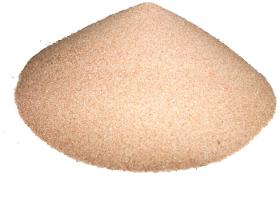
LEMCORE B.V.
Netherlands
Other names: Zirconium Silicate, Zircon sand, Zircon. CAS number: 14940-68-2. Formula: Zr [SiO4]. Technical Condition of Ukraine: 14-10-015-98. Harmonize Commodity Code: 2615100000. Appearance: Light pink free running sand. Grain shape: rolled, elongated. Grain color: pink, purple, redbrownish. End use: Row material for steelmaking, refractories, glassmaking, traditional ceramics, zirconia manufacture, zirconium manufacture, glass additive and foundry uses.
Request for a quoteDo you sell or make similar products?
Sign up to europages and have your products listed
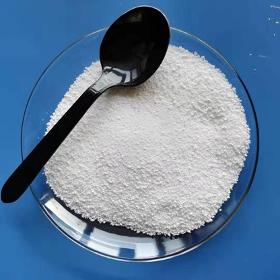
PISMA CHEMICALS BV
Netherlands
Sodium tripolyphosphate (STPP) is a chemical compound with the formula Na5P3O10. It is a highly soluble white crystalline powder and is often used in a variety of industrial and household applications. Here are some common uses of sodium tripolyphosphate: Detergents and Cleaners: STPP is a key ingredient in many laundry detergents and dishwasher detergents. It helps to soften water by sequestering calcium and magnesium ions, which can interfere with the cleaning process. This improves the effectiveness of detergents and helps prevent the buildup of scale in washing machines and dishwashers. Food Additive: In the food industry, sodium tripolyphosphate is used as a food additive with the E number E451. It is primarily used as a preservative and emulsifier in various processed foods, including seafood, meats, and canned soups. It helps to retain moisture in meats and seafood, enhancing their texture and appearance.
Request for a quote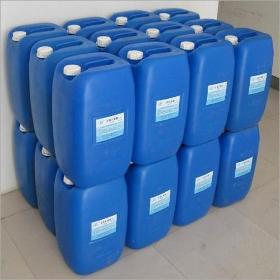
PISMA CHEMICALS BV
Netherlands
Hydrogen peroxide (H2O2) is a chemical compound composed of two hydrogen atoms and two oxygen atoms. It is a pale blue liquid in its pure form and is commonly used as a disinfectant, bleaching agent, and oxidizer. Here are some key characteristics and uses of hydrogen peroxide: Chemical Formula: H2O2 Appearance: Pure hydrogen peroxide is a colorless liquid, but it is often sold in dilute solutions, which can appear clear or slightly bluish. Chemical Properties: Hydrogen peroxide is a powerful oxidizing agent, meaning it can readily donate oxygen atoms to other substances. It decomposes into water and oxygen when exposed to light, heat, or certain catalysts. Concentration: Hydrogen peroxide is commonly available in various concentrations, with the most common household concentration being 3%. Higher concentrations are available for industrial and commercial purposes. Disinfectant: It is used as an antiseptic to clean and disinfect wounds and as a mouthwash.
Request for a quote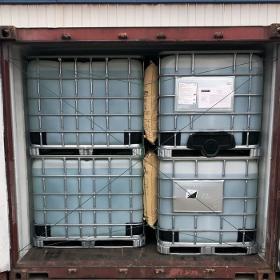
PISMA CHEMICALS BV
Netherlands
Hydrochloric acid, often abbreviated as HCl, is a strong and highly corrosive acid. It is a colorless, pungent-smelling liquid that is composed of hydrogen and chlorine atoms. Hydrochloric acid is a common and important chemical in various industrial and laboratory processes. Here are some key characteristics and uses of hydrochloric acid: Chemical Formula: HCl Chemical Structure: It consists of one hydrogen (H) atom and one chlorine (Cl) atom covalently bonded together. Concentration: In its concentrated form, hydrochloric acid is typically a solution with a high concentration of HCl molecules dissolved in water. Common concentrations include 37% and concentrated hydrochloric acid, which is nearly 12 M (molar) in strength. Acidity: Hydrochloric acid is highly acidic with a low pH value. In concentrated form, it can have a pH of approximately 0-1. Corrosiveness: It is known for its corrosive properties and can dissolve various metals and react with a wide range of materials.
Request for a quote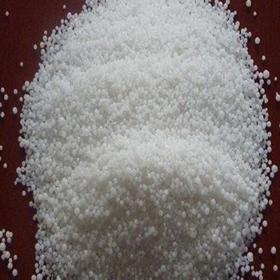
PISMA CHEMICALS BV
Netherlands
Caustic soda pearls, also known as sodium hydroxide pearls, are a form of solid caustic soda (sodium hydroxide, NaOH) that resembles small, round beads or pearls. Like other forms of caustic soda, caustic soda pearls are highly alkaline and have a wide range of industrial applications. Here are some key points about caustic soda pearls: Physical Form: Caustic soda pearls are small, white, spherical beads that are easier to handle and transport compared to other forms of caustic soda, such as flakes or granules. Industrial Applications: Similar to other forms of caustic soda, caustic soda pearls are used in various industries for different purposes, including: – Chemical Industry: They are used in the production of chemicals, including detergents, soaps, and various organic compounds. – Pulp and Paper Industry: Caustic soda pearls are used in the papermaking process to break down lignin in wood fibers.
Request for a quote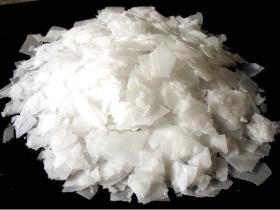
PISMA CHEMICALS BV
Netherlands
Caustic soda flakes, also known as sodium hydroxide flakes, are a strong alkaline chemical compound with the chemical formula NaOH. They are solid white flakes that are highly soluble in water and have a wide range of industrial applications due to their strong caustic and alkaline properties. Here are some key points about caustic soda flakes: Chemical Formula: The chemical formula for caustic soda flakes is NaOH, which consists of one sodium (Na+) ion and one hydroxide (OH-) ion. This combination gives the substance its strong alkaline nature. Industrial Applications: Caustic soda flakes are widely used in various industries, including: – Chemical Industry: They are used in the production of chemicals, such as detergents, soaps, and various organic compounds. – Pulp and Paper Industry: Caustic soda is used to break down lignin in wood during the papermaking process. – Textile Industry: It’s used in processes like mercerization to improve the properties of cotton fibers.
Request for a quoteResults for
Chemicals - import-export - Import exportNumber of results
13 ProductsCountries
Company type
